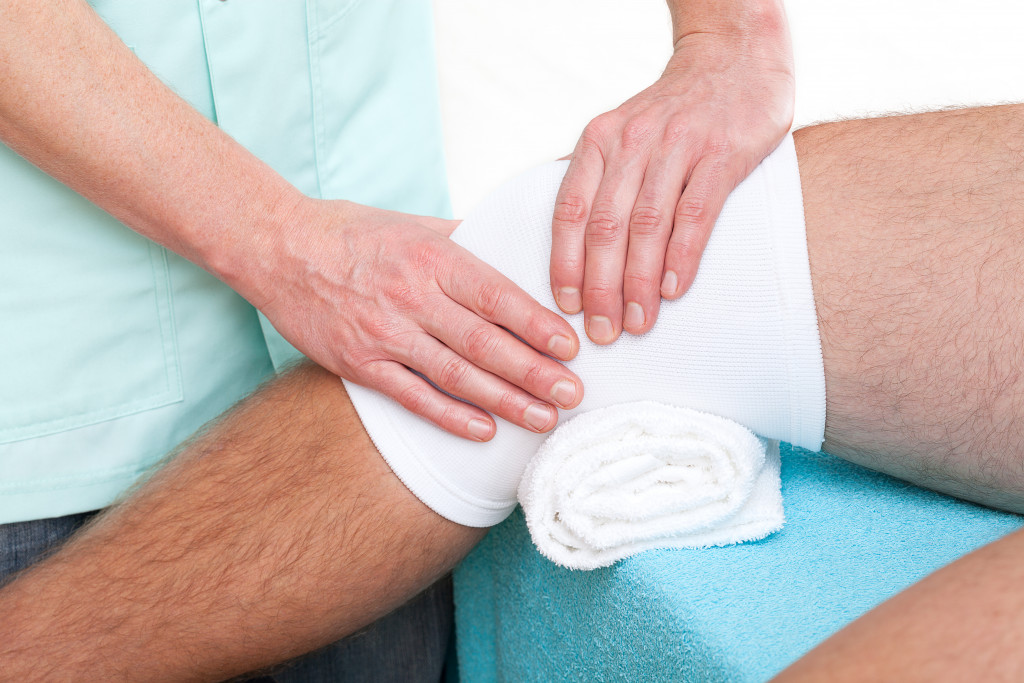Injuries can be a major setback for any adventurer, whether you’re a pro athlete or just looking to explore the great outdoors. Whether it’s a severe sprain, broken bone, or torn ligament, an injury can take weeks—or even months—to heal properly. Recognizing that physical recovery after an injury is only half of the battle is important. Here are some tips for returning to the saddle after an unfortunate setback.
Take Time to Rest & Recover
The most important part of recovering from an injury is taking time off and allowing your body to heal properly. It has been proven that resting lets your muscles and tissues repair and rejuvenate. When you don’t get quality sleep, it’s almost impossible for your body to recover from an injury quickly. Recovery can feel like a never-ending battle without enough restorative rest each night. However, resting doesn’t mean you have to stay completely still. You can still do exercises, but don’t push yourself too hard too soon. Take it slow and let your body recover at its own pace so that you don’t end up with a longer recovery period than necessary.
Rehabilitation Exercises
Once the immediate pain has subsided and you feel ready to move again, begin with light rehabilitation exercises designed specifically for your injured area. Make sure the exercises are tailored to your needs, as everyone recovers differently. Your doctor or physiotherapist can guide you on what exercise is best for you. These may include stretching, strengthening, and stability exercises. Proper form is important to avoid further injury. If you sustained an injury in a joint, such as an ankle or knee, you might need to wear a brace to help support the joint and improve your performance. And when exercising in these areas, don’t forget to warm up with a few light stretches.
Listen To Your Body
When you begin exercising again, you must listen to your body and be aware of any pain you might feel. If something doesn’t feel right, back off or stop altogether until the discomfort subsides. You want to ensure you don’t push yourself too hard at the risk of re-injury. Especially when you sustained an injury on your back, shoulders, or neck, be sure to pay close attention to the signals your body sends you. These areas are delicate and require extra care to recover properly. If an exercise is too strenuous and causes pain, stop right away. On the flip side, if you feel like something isn’t challenging enough, increase the difficulty of the exercise slightly to continue working toward full recovery.
Try Chiropractic Adjustment
A chiropractic adjustment is a great way to get your body back into proper alignment after an injury. It can help reduce pain, increase the range of motion, and improve the overall function of the injured area. It’s important to remember that chiropractic care should be used along with other forms of treatment for optimal results. The best chiropractor can help you create a plan of action best suited for your injury. For instance, they may prescribe physical therapy, strength training, and lifestyle modifications to guide you on the best path back to full recovery. They can also recommend exercises and lifestyle changes to help your body heal quickly and properly, so you can get back in the game as soon as possible.
Mental Preparation & Visualization
Your mental state is just as important as your physical recovery when returning to adventure sports after an injury. Having a positive attitude is essential. Reflect and visualize your progress in the weeks or months since your injury. It’s also important to remember that it’s normal to feel anxious and scared when returning to the activities you love. Talk with friends who have gone through similar experiences or join a support group focusing on injury rehabilitation. The more prepared and motivated you are, your return will be easier.
Gradually Increase Intensity
Once you’ve gotten used to the basic movements again, gradually increase the intensity over time as you build strength in the affected area. Don’t rush this process; it should take several weeks before you reach full activity levels again, so make sure not to push yourself too far too soon. As they say: slow and steady wins the race!
Don’t be discouraged if you feel you can’t progress any further after a week or two. Take it as a sign that your body needs more time to heal and adjust accordingly. The key is to listen to your body and not rush its recovery process.
Getting back into adventure sports after an injury doesn’t have to be a long process if done correctly. Taking time off for rest and recovery is key; once your body is ready, begin light rehabilitation exercises tailored to your individual needs and gradually increase the intensity as you go along until full activity levels are reached again. With patience and dedication, you’ll be back out there in no time!

